Neurodiverse youth development including transition, the current challenges

“Never doubt that a small group of thoughtful, committed, citizens can change the world. Indeed, it is the only thing that ever has.” – Margaret Mead
This current research focuses on adverse neurodiverse youth development and what that looks like going forward. Neurodiversity and transition for young people into the world of work – (overarching aim)
We can consider in teenage neurodiverse groups why this doesn’t work so well and what happens in the school system that needs to be further supported and researched.
We explore the root to fruit methodology, which has its basis in attachment theory and transactional theory for youth going from school into the world of work. We can consider in teenage neurodiverse groups why this doesn’t work so well and what happens in the school system that needs to be developed going forward.
Further to this, we consider examples of mechanisms that need to be formed between the school, the education system, the child and the parents and view the environment reference Vigotsky and Piaget that helps to mobilise and stabilise the children from the transition from school into the world of work.
We also reflect on the developmental pathway in this piece of research. The current school ecosystem is very different from the ecosystem within employers and organisations, and catering for children also needs to be considered, and we will be thinking about this in our discourse. (Attwood, 2022)
Key references are to be considered regarding parity equality and inclusion. From current research today, we are reminded that there is movement and development within communities that understand these neurodivergent challenges and are there to be consulted to remind governments of their duty of care according to the European Convention on the child’s rights and Salamanca agreements.
Youth development can be compared to a root to fruit process. It takes about eight years for a peach or pear tree to go from being planted as a seed to bearing fruits. Similarly, youth development happens across various stages. Children go through multiple stages in their education development before they are mature adults. This research focuses on the idea of neurodiversity as an ecosystem and looks at the individual as a whole. (Doyle, 2021[6])
The indications are that individuals need Maslow before they can Bloom, which is a play on words that brings together two theories in psychology: Abraham Maslow’s Hierarchy of Needs and Benjamin Bloom’s Taxonomy.
Students need to meet their basic human needs before achieving success at higher taxonomy levels to bloom into their full potential.
Overall, the developmental pathway of children depends on the environment and the nature of soil the child is growing up in. Ideally, a neurodivergent child should be diagnosed before the age of 6 or 7, so the child’s environment can be stable and conducive to the child’s growth. In my work always advocates for children to be raised in an environment that derives from Gestalt processes, trauma-informed and transactional psychology. (SPARKS, D., 2019[18])
Dr. Gabor Maté and Jordan B. Peterson have done extensive research in this field in child and personality development, and I refer to their work a lot in my research.
Gabour Mate said in 2017:
“In a nutshell,” he said, “if kids get what they need in early childhood, they are going to be o.k, (set, in a good way). If they don’t get what they need in early childhood, for whatever reason, they are going to have great challenges.
“We think that children act, whereas what they mostly do is react. Parents who realise this acquire a powerful tool. By noticing their own responses to the child, rather than fixating on the child’s responses to them, they free up tremendous energy for growth.” (Mate, 2017[14])
My research indicates that there is not much going on in transiting neurodivergent youth from school into the world of work in the UK in terms of advice and guidance. We see from national statistics that 27% of the population in the UK is neurodiverse. However, we only have 3% of this population in the workforce. Of the neurodiverse 3%, only 0.8% influences the education or employment space. That is a considerable gap, and addressing that gap needs to start with intervention in the early years and measures being put in place to facilitate transitioning from school into, say, an internship or apprenticeship.
Schools do not track students once they leave school. They have no means of monitoring children once they pass through the gates of the schools. There needs to be a mechanism to form a triangular partnership between the child, the school, and the parent so together they can provide for the psychological safety of the child and foster an environment that serves to mobilise the child’s abilities. This community partnership can involve social workers, mental health support workers and other therapists needed to support the child. Every child that is neurodiverse can be compared to fitting a square peg into a round hole; they are constantly trying to fit into a society that was not created for them. So, we need to build capacity for the child to transition into the world of work successfully. (Adenipekun, E. 2020[1]).
“The world of work has changed dramatically over the last couple of years – the COVID-19 pandemic has forced many companies to rethink how they do business altogether, and much of their operation has moved online. Many restrictions may have come to an end this week, but big companies like Apple and Microsoft have embraced full time remote or hybrid working. Unfortunately, this is a world that most people leaving school or university over the last few years have been woefully underprepared for. Yes, they know more about computers and technology than we ever did, but that is a world away from having the skills to interact with new colleagues who you never, or seldom, meet in person.” (FE News, 2022[15])
Transitioning a child into the employment space largely depends on education. You have to address culture before you address strategy. A famous Peter Drucker quote says that “culture eats strategy for breakfast”.
This implies that your organisation’s culture always determines success regardless of how effective your strategy may be. Drucker thus pointed out the importance of the human factor in any organisation. No matter how detailed and solid your plan is, your projects will fail if the people executing them don’t nurture the appropriate culture.
People tend to think that neurodivergent youth can transition from school and jump into jobs, and it can all go swimmingly well. It does not work like that. Transition into employment spaces for neurodiverse people is not straightforward.
There must be partnerships between the government, employers, schools and organisations that specialise in catering to the needs of neurodiverse individuals to build capacity to help them transition successfully. Instead of protecting vulnerable teenagers, the system is handing over some children to criminals and abusers by moving them away from their families and communities. (Longfield, 2021[13])
However, given these current circumstances of covid-19, there is a lot to ask because finance has been tight, funding is involved, it is a sector being asked to do a lot by the government.
Governments worldwide need to understand that equality, parity and inclusion are parts of their governance. Community interest groups can remind governments that they are liable as per the UN Convention on the rights of the child and the Salamanca agreement to provide these rights to children under their leadership. The workforce needs to be educated. Businesses need to understand that if they do not adopt diversity, they effectively hire clones of their ideology and themselves. The whole point is not only about being holistic and person-centred regarding the individual. However, it’s about creating more extensive sustainable ecosystems that individuals can transition from school into the work environment. Professional Bodies and Trade unions can play a role in educating organisations and establishing this ecosystem.
For many young people, studying BTECs will continue to be the most effective way of accessing higher education or skilled employment. These well-established, high-quality qualifications are popular with students and respected by employers and universities. They can be studied alongside, or instead of, A levels and provide an important alternative to T levels. Removing BTECs will leave many students without a viable pathway after their GCSEs, particularly those from disadvantaged backgrounds.
Here are some questions to consider:
- What does this transition look like?
- What are the behaviours that are expected of these neurodivergent individuals in workplaces?
- What is expected out of workplaces?
Currently, nobody knows what to do with a neurodiverse person as they are faced with a whole barrage of physical, psychological and equality issues that differentiate them from neurotypical people. It is generally unclear how to interact with someone who does not act like you or squawk and talk like you do.
Looking back to the fifties to late eighties when the government supported industry in a small fiscal manner (e.g. tax saving ) to recruit apprentices into a workplace give them day release to a college but more importantly, give them practical instructions by an on the job tutor who is doing the job! Learning at a trade school is No good! As most of the instructors are not much help( failed tradespeople).
I believe there is only one system operating in the UK: Hairdressing. For example, A 3/4 year apprenticeship with salon same practical intime experience. I recommend that this be implemented across every industry.
The media indicated this would happen when Government/Unions (Wilson) butted in by saying that apprentice payment was demeaning, making it impossible for the industry to keep it up ( As an example, an Accountant, How many are times served in an apprenticeship do we have ? It used to be for ten years-Chartered status )They increased the pay of the apprentice as the time was served. Now you see the results. Criminal. Apprentices and youth do not even earn the minimum wage, to begin with.
It might also be worth looking at bureaucracy and health and safety for taking on young people for work and work experience. The barriers kick in when Youths want to work and earn their own money. Good work experience is often challenging to find, as are part-time jobs, especially in rural areas. Many of us here had part-time jobs at 14/15, which isn’t always possible now. By 16, many youths today are less interested and not used to hard work, whether physical (trade) or psychological (customer-facing). I’m generalising here, obviously
The application and interview process is still a barrier to most neurodiverse youth and often resembles a witch hunt. The alternative, more approachable method is a week trial with the possibility of internship/ apprenticeship.
Currently, this vast gap can be decreased by actively creating awareness and building a closer link between businesses and schools. Having businesses come into schools paves the way for companies to understand the development pathway of neurodiverse children. (Amazingapprenticeships, 2022[3])
I have spoken to the heads of many corporations here in the UK to bring awareness and help them understand what a neurodiverse transition means for the child and bring the local government response closer to the education and development processes. (Phelan, 2021[15])
I would like them to see that each child is a unique gift. They are all a variation on the theme of the experience of being human in that ecosystem.
To illustrate, we widely recognise Australia as a unique ecosystem different from the rest of the world. The same goes for the various tribes of Amazon and the diverse nationalities of the world. How can we not accept differences then?
Margaret Mead said, “If we are to achieve a richer culture, rich in contrasting values, we must recognise the whole gamut of human potentialities, and so weave a less arbitrary social fabric, one in which each diverse gift will find a fitting place.”
Thus, as educators and leaders, we must look for potentialities in each individual. Neurodivergent individuals possess potentialities that can captivate the world given the right environment to grow. Those who do not get the right environment for a developmental structure and pathway get lost in prison systems, costing our welfare systems considerable money. (Longfield, 2021[13]) If the money spent on one year of incarceration were invested over the child’s lifetime in school on occupational therapy, sporting events, IT support, it would make a big difference. (House of Lords, youth-unemployment-committee, 2021/22[11])
The research indicates that neurodiverse people are often the problem solvers, the innovators, and the pioneers of the world. However, businesses do not recognise them because neurodiverse people are not clones of the organisations’ neurotypical ideologies. This world is not prepared for what a neurodivergent person can offer. (Dyck and Russell, 2019[7])
Consider Elon Musk, who is stretching the realms of imagination as the world is struggling to catch up with him.
Elon Musk went on to say: “I don’t believe in the process. In fact, when I interview a potential employee and they say that ‘it’s all about the process,’ I see that as a bad sign. The problem is that at many big companies, the process becomes a substitute for thinking. You’re encouraged to behave like a little gear in a complex machine. Frankly, it allows you to keep people who aren’t that smart, who aren’t that creative.” (Inc.com, 2021[12])
I want to add that resilience is critical. It is crucial in challenging children’s developmental pathways and building on that. You cannot prepare a child for every eventuality, but if you can prepare a child to deal with ambiguity, you are pretty much halfway there.
It is widely understood in social sciences and law academia that all individuals deserve a positive and inspiring educational journey where they feel safe and can achieve their potential. Individuals should not be held back by circumstances, lack of resources or understanding. (Education and Employers, 2022[8])
In every aspect of the work I perform, I am committed to an individual’s empowerment and development, giving them a roadmap to navigate their learning and educational development. I, therefore, promote early identification, support and understanding to provide individuals with the self-belief in themselves, equipping them with the skills to help them achieve and thus nurturing life-long education. (Armitage and Cogger, 2020[2])
I suggest, Developing equity and fairness in education by minimising barriers to access and supporting teachers in developing techniques to help those in need, learning experiences and outcomes are improved for all if we demonstrate that we are committed to and work proactively to bridge the attainment gap for individuals with disabilities, whether through the diagnosis of an underlying specific learning difficulty or exam access arrangements, thus fostering inclusivity, diversity and accessibility in education.
Learning I would suggest being creative and accessible for all, thus establishing the building blocks for attainment. However, learning can be fraught with challenges and place significant pressure on potentially fragile coping mechanisms for individuals with specific learning difficulties. Nonetheless, SpLDs should not be an obstacle to achieving educational potential. With a dynamic and structured approach to learning, we nurture individuals to have confidence in themselves, thus giving them the strategies to think metacognitively and self-belief to own the label and shine.This goal can be achieved If we work collaboratively and intuitively to inspire and drive change in working practices -through an active and current approach to the ever-evolving field of specific learning difficulties.
Prof. Amanda Kirby[17], states:
“There is a move away from deficit models and language such as disorder and difficulty as we recognise that cognitive variability comes with variable spiky strengths as well as challenges. However, we must not forget that groups of people continue to be disadvantaged in education and employment *(and justice), and their support needs are not being addressed. We must not minimise that challenge.”
One of the things that we also need to tackle within schools is how they handle Creativity. Reference to Ken Robinson’s work, Creativity is currently stifled in schools.
Ken Robinson went on to say,
“We have to go from what is essentially an industrial model of education, a manufacturing model, which is based on linearity and conformity and batching people. We have to move to a model based more on principles of agriculture. We must recognise that human flourishing is not a mechanical process–it’s an organic process. And you cannot predict the outcome of human development. All you can do, like a farmer, is create the conditions under which they will begin to flourish.” (Vail Symposium, 2021[19])
In’ The principles of political economy, John Stuart Mill (1846) was a famous and influential British philosopher of the nineteenth century.
John stated: “It’s hardly possible to overstate the value, in the present state of human improvement, of placing human beings in contact with other persons dissimilar to themselves, and with modes of thought and action unlike those with which they are familiar. Such communication has always been… one of the primary sources of progress.”
Regarding the statement above, we have to bring in structural constraints. If we have a system based on league tables, the systemic implication is that schools will discourage children with learning difficulties. Their outcome is to reproduce the status quo. In this situation, working-class kids are also produced. These children make up the bulk of the learning difficulties population. This has been going on for 300 years: the reproduction of status and marginalisation of the poor, No matter which country we are in. That is an enormous challenge. (Brett, D. 2018[5])
This qualitative study seeks to examine the experiences of pupils identified with special educational needs and disability (SEND) in a London SEND school and better understand what constitutes authentic voice and participation.
The research focuses on pupils labelled as having Complex Mixed Needs (CMN) who may be considered “harder to reach” (Porter, 2009, p. 349[16]) because of their speech and communication difficulties, learning disabilities or complex health needs.
This research has important implications for education policy and practice and makes a series of recommendations for change. It advances the debate about pupil voice and participation and establishes that a visual, child-friendly methodology can be employed to support pupils identified with CMN to have their say.
According to GOV UK 2021, there are currently 1.8 million children in England alone requiring SEN support and over 325,000 children accessing an Education, Health and Care plan.
A SENCO writes:
“The process is flawed. Too many people work separately to assess and write generic reports. It is evident that many have no idea how schooling functions. Then an underpaid Admin looks through the reports and chooses parts to put into the EHCP, and this is then put forward as an informed document to which someone assigns a cost. Then the plan goes to the school and is again interpreted by overworked, underfunded, and inexperienced SENCOs who do not have full backing from senior leadership. It is a wonder that any student benefits from the system.”
A barrister with an autistic child writes:
“The EHCP is essentially a flawed document open to misinterpretation at best and cynical manipulation at worst. I have yet to encounter a positive experience in my years of advocacy on behalf of children, parents, and carers. Recently I have come across several cases of children having successfully been assessed, then be advised by the relevant local authority that key sections such as F, G and H relating to the provision can be removed and attached to the EHCP in the form; of a letter! This renders the document useless and not fit for purpose, but people follow this ‘advice’ as they know no different and assume their child’s best interests are being served. Too often, the EHCP represents a wish list that is hardly ever fulfilled or adequately funded, leading to frustration on the parent/carer’s part and resentment on the part of an already overstretched provider who has not been supported financially or practically. Hence the adversarial atmosphere continues, and the scandal of the failure to address this issue rumbles on. Another worrying scenario I am dealing with is parents/caters with significant learning disabilities themselves navigating this opaque and complex process with minimal guidance. I echo your closing statement and wonder how any student benefits from the system. It is not even a matter of means. I have come across the scenario you describe in both the private and state sector. Sadly, the system is decimated, and until we have those in authority who are genuinely concerned about SEND support and issues surrounding social care, mental and physical health and disability issues and rights, we will be stuck pushing this massive boulder up a hill. But never give up; we must fight on to try and be heard and bring about change”.
I believe that all individuals deserve a positive and inspiring educational journey where they feel safe and can achieve their potential. Individuals should not be held back by circumstances, lack of resources or understanding.
In every aspect of the work I perform, I am committed to an individual’s empowerment and development, giving them a roadmap to navigate their learning and educational development. I, therefore, promote early identification, support and understanding to provide individuals with the self-belief in themselves, equipping them with the skills to help them achieve and thus nurturing life-long education.
I suggest, Developing equity and fairness into education by minimising barriers to access and supporting teachers in developing techniques to help those in need, learning experiences and outcomes are improved for all.
If we are committed to and work proactively to bridge the attainment gap for individuals with disabilities, whether through the diagnosis of an underlying specific learning difficulty or exam access arrangements, thus fostering inclusivity, diversity and accessibility in education.
Learning I would suggest being creative and accessible for all, thus establishing the building blocks for attainment. However, learning can be fraught with challenges and place significant pressure on potentially fragile coping mechanisms for individuals with specific learning difficulties. Nonetheless, SpLDs should not be an obstacle to achieving educational potential. With a dynamic and structured approach to learning, we nurture individuals to have confidence in themselves, thus giving them the strategies to think metacognitively and self-belief to own the label and shine.
If we work collaboratively and intuitively to inspire and drive change in working practices -through an active and current approach to the ever-evolving field of specific learning difficulties.
References:
- Adenipekun, E. (2020) Neurodiversity is everyone’s business – BDF, BDF. Available from: https://businessdisabilityforum.org.uk/news-opinion/neurodiversity-is-everyones-business/ [Accessed 13 August 2020].
- Alison Cogger and Andrew Armitage. The New Apprenticeships: Facilitating Learning, Mentoring, Coaching and Assessing (Further Education). 1st ed., p. All. St Albans: Critical Publishing. [Accessed 13 August 2020].
- Amazingapprenticeships.com (2022). Available from: https://amazingapprenticeships.com/app/uploads/2021/09/What-is-the-Baker-Clause.pdf [Accessed 20 December 2021].
- Bonaccio, S., Connelly, C., Gellatly, I., Jetha, A. and Martin Ginis, K., 2019. The Participation of People with Disabilities in the Workplace Across the Employment Cycle: Employer Concerns and Research Evidence. Journal of Business and Psychology, 35(2), pp.135-158. (Bonaccio et al., 20 References
- Brett, D. (2018) Pupils’ Experiences of Authentic Voice and Participatory Practices in a Special School : LSBU Open Research, Openresearch.lsbu.ac.uk. Available from: https://openresearch.lsbu.ac.uk/item/869y0 [Accessed August 2021].
- Doyle, N. (2021) Neurodiversity Is Not A Pollyanna Concept: Judy Singer Says Get Realistic.
- Dyck, E. and Russell, G. (2019) Challenging Psychiatric Classification: Healthy Autistic Diversity and the Neurodiversity Movement, Healthy Minds In The Twentieth Century, pp. 167-187. DOI:10.1007/978-3-030-27275-3_8.
- Education and Employers. 2022. ITV are inspiring the future. [online] Available at: <https://www.educationandemployers.org/itv-are-inspiring-the-future/> [Accessed 24 November 2020].19)
- Education and training (2022), GOV.UK. Available from: https://www.gov.uk/government/publications/the-report-of-the-commission-on-race-and-ethnic-disparities/education-and-training [Accessed 24 January 2022].
- http://www.LibertyPen.com, 2022. Jordan Peterson – Child Development. [Accessed 24 January 2022].
- House of Lords, Youth unemployment Committee (2022). Available from: https://committees.parliament.uk/publications/7988/documents/82440/default/?mc_cid=5037421cc5&mc_eid=8c51c37a79 [Accessed 21 January 2022].
- Inc.com (2021), 50 Quotes From Elon Musk About Innovation and Success. Available from: https://www.inc.com/larry-kim/50-innovation-amp;-success-quotes-from-spacex-founder-elon-musk.html [Accessed 21 August 2021].
- Longfield, A. (2021) Out of Harm’s Way? The current care system is unfit for purpose says Anne Longfield – FE News, FE News. Available from: https://www.fenews.co.uk/social-impact/embargoed-anne-longfields-commission-on-young-lives-report-warns-a-childrens-social-care-system-that-is-supposed-to-protect-vulnerable-teenagers-is-unfit-for-purpose-and-frequently/ [Accessed 20 December 2021].
- Mate, G., 2017. Gabor Maté Quotes (Author of In the Realm of Hungry Ghosts). [online] Goodreads.com. Available at: <https://www.goodreads.com/author/quotes/4068613.Gabor_Mat_> [Accessed 24 January 2022]. ― Gabor Maté, Scattered: How Attention Deficit Disorder Originates And What You Can Do About It. (Mate, 10 March, 2017) (http://www.LibertyPen.com, 2022) reference Jordan Peterson Child Development.
- Phelan, S. (2021) The UK’s road to net zero is impossible without a major reskilling programme – FE News, FE News. Available from: https://www.fenews.co.uk/exclusive/fe-voices/the-uk-s-road-to-net-zero-is-impossible-without-a-major-reskilling-programme/ [Accessed 21 November 2021].
- Porter, J. (2009) Missing out? Challenges to hearing the views of all children on the barriers and supports to learning, Education 3-13, 37 (4), pp. 349-360. DOI:10.1080/03004270903099892.
- Prof. Kirby, Amanda, In Specific learning difficulties. DO-It-Profiler Article 2022
- SPARKS, D., 2019. SOMATIC SYMPTOMS: THE GROTTE CHAUVET OF A TRAUMATISED PSYCHE.
- Vail Symposium, 7 Great Sir Ken Robinson Quotes – Vail Symposium (2022), Available from: https://vailsymposium.org/7-great-sir-ken-robinson-quotes/ [Accessed 21 August 2021].

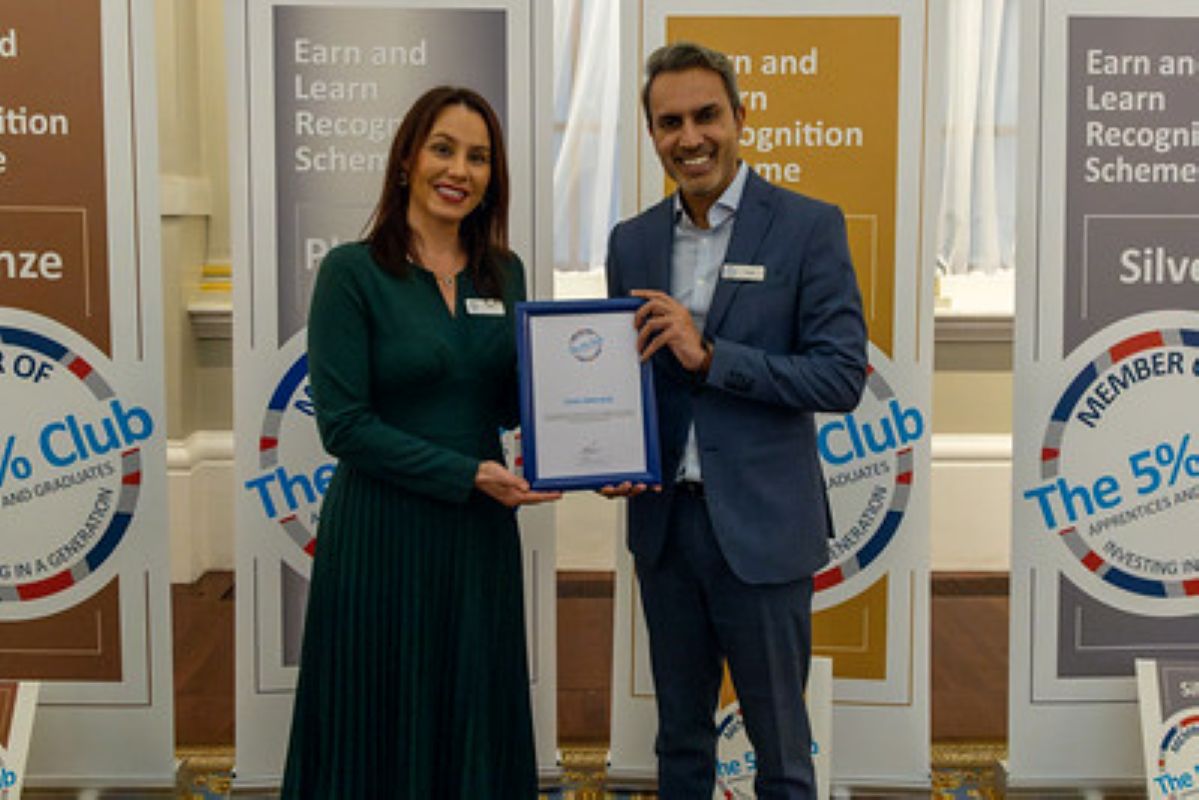
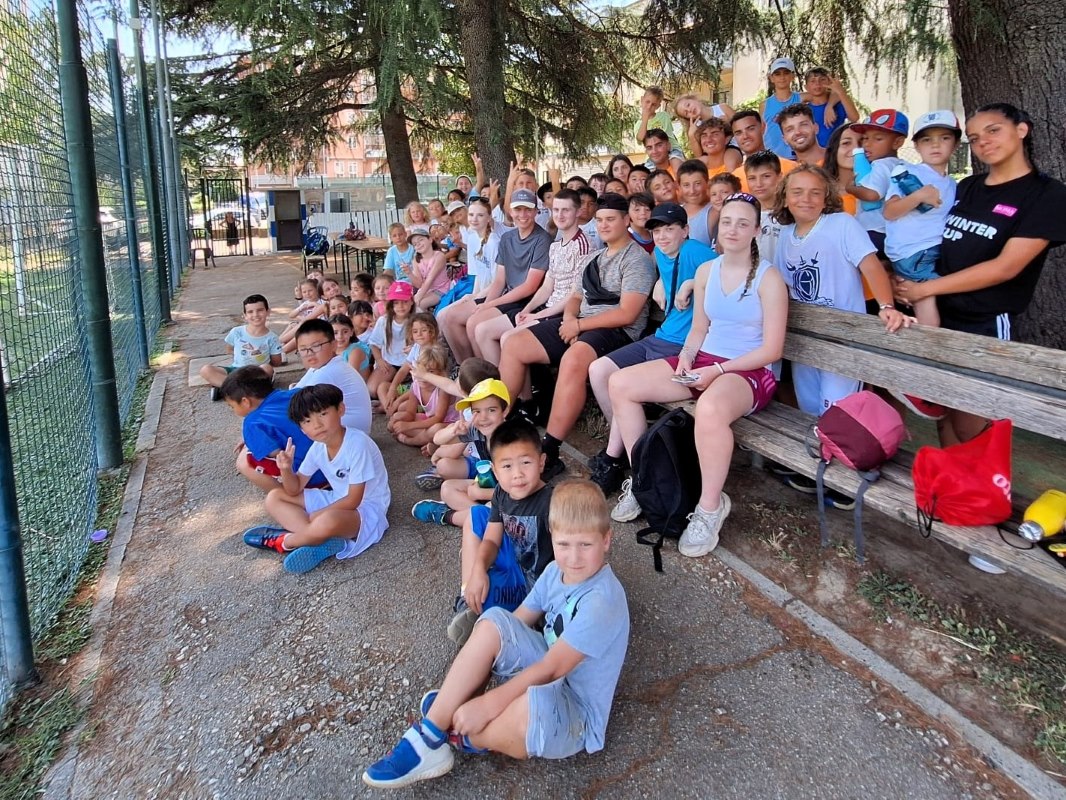
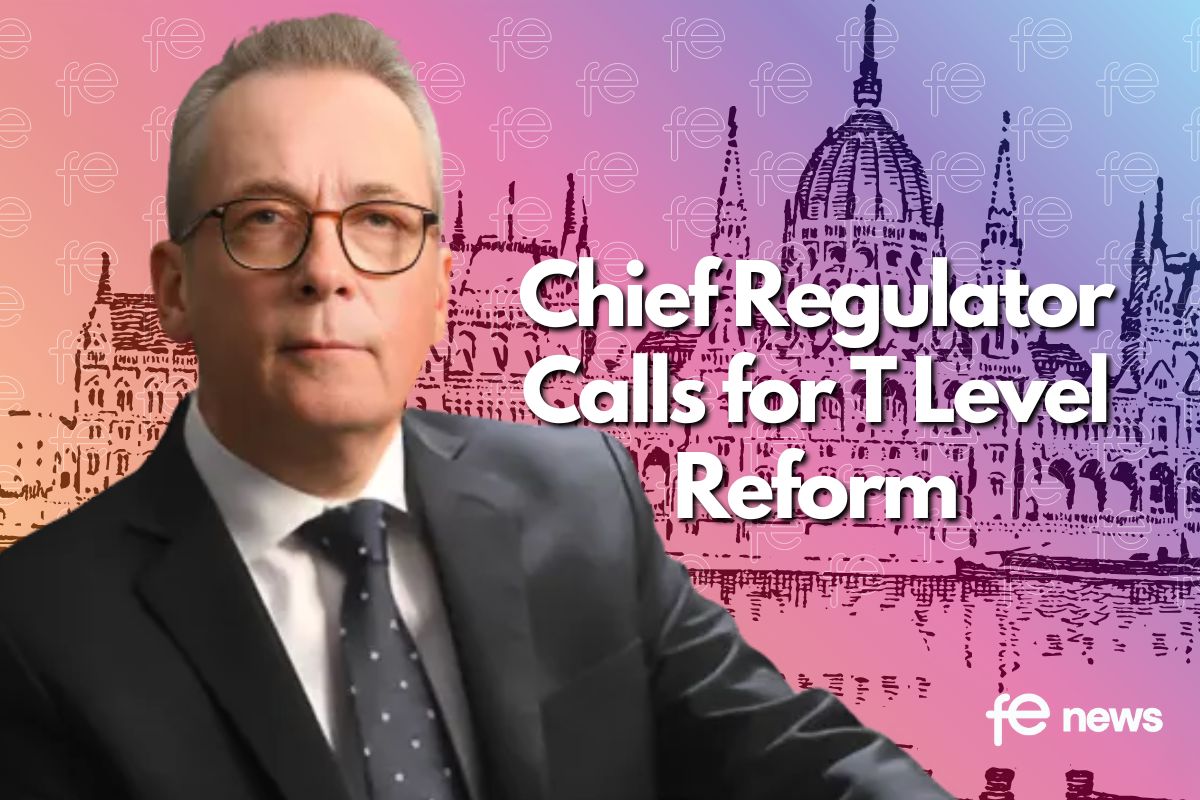




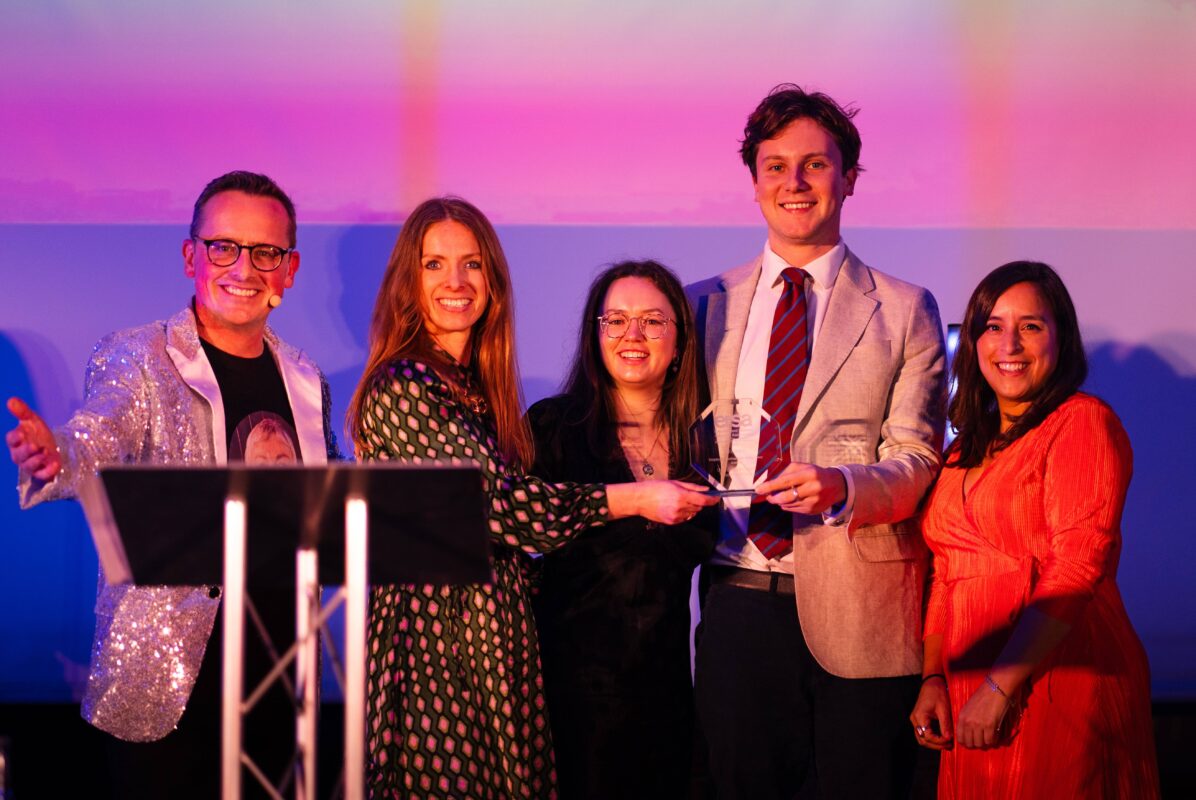

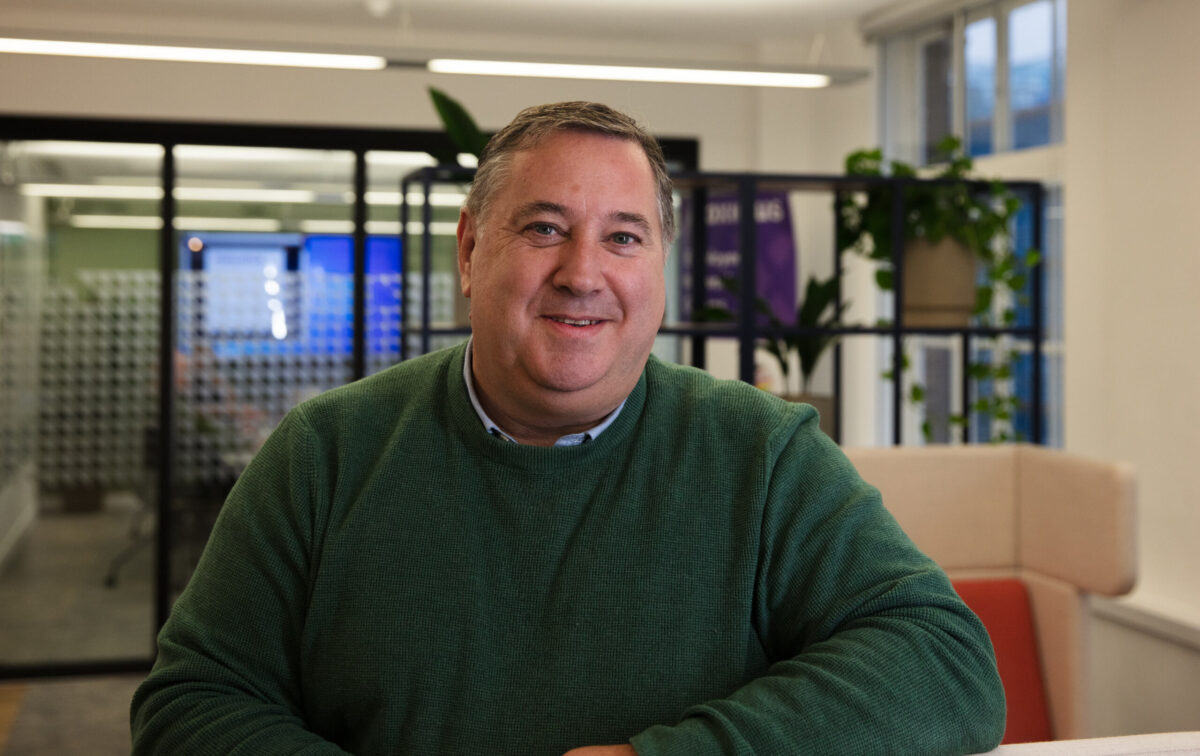
Responses